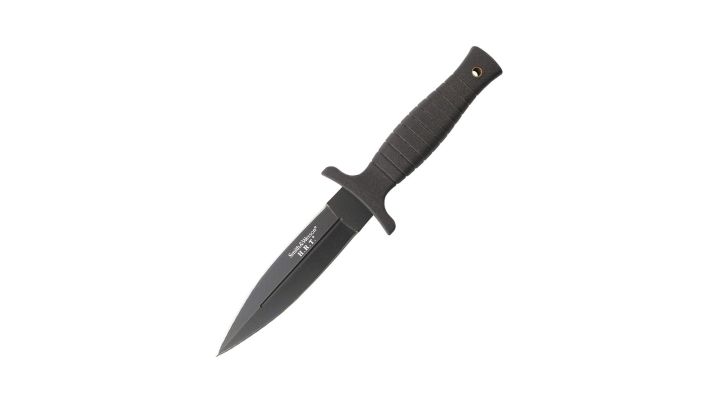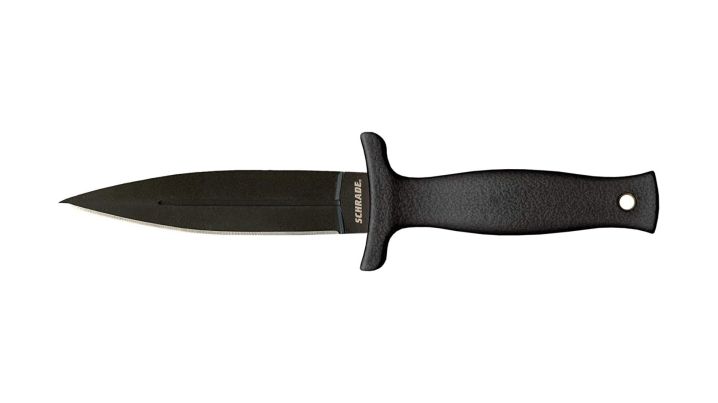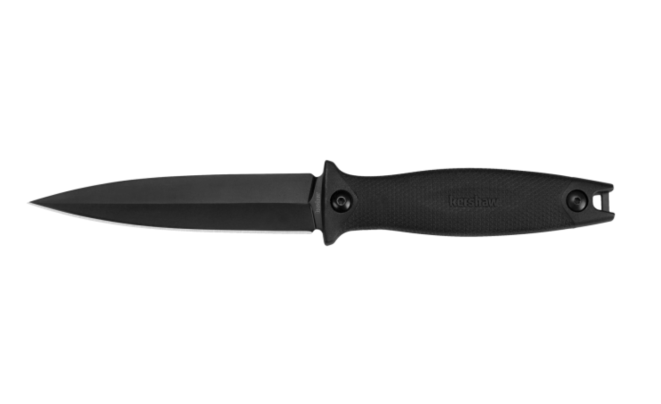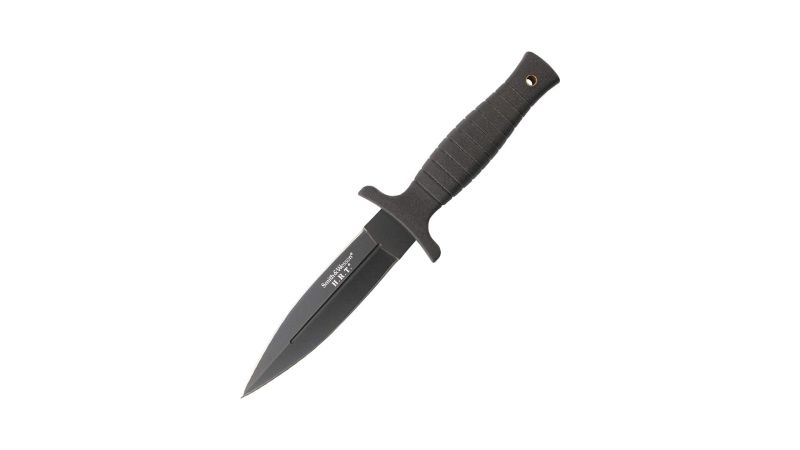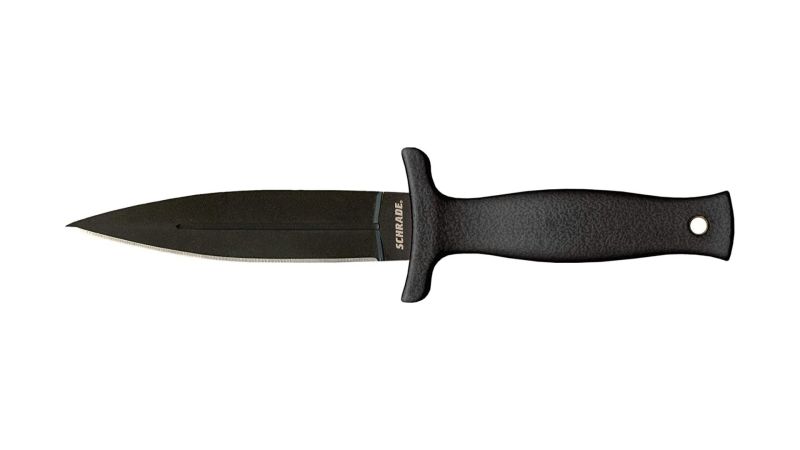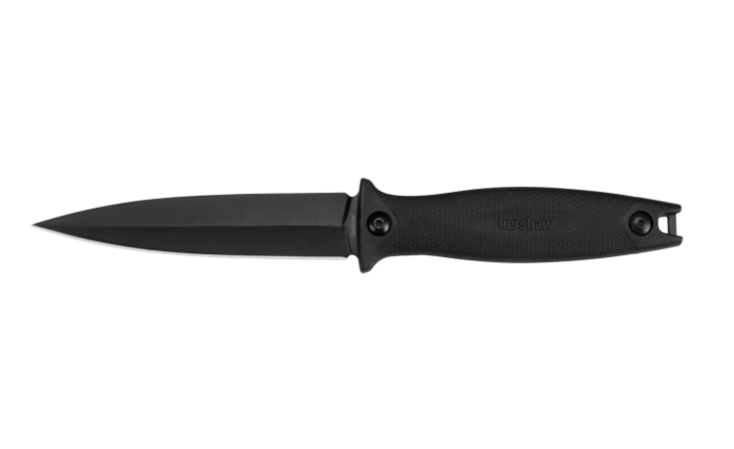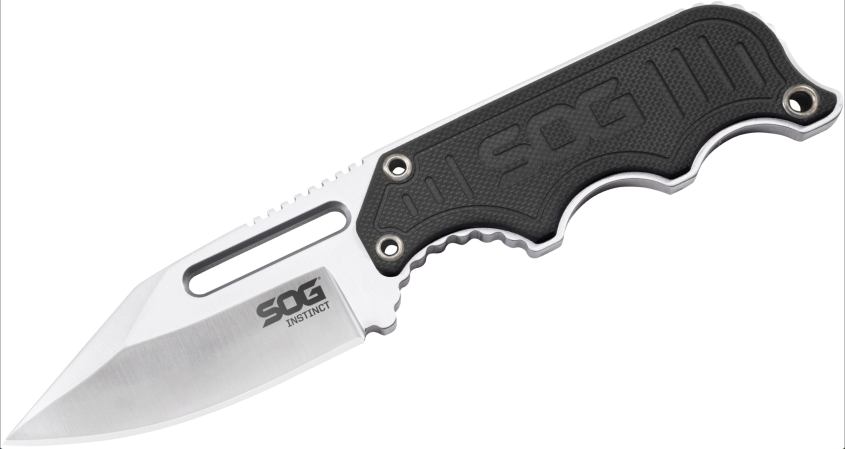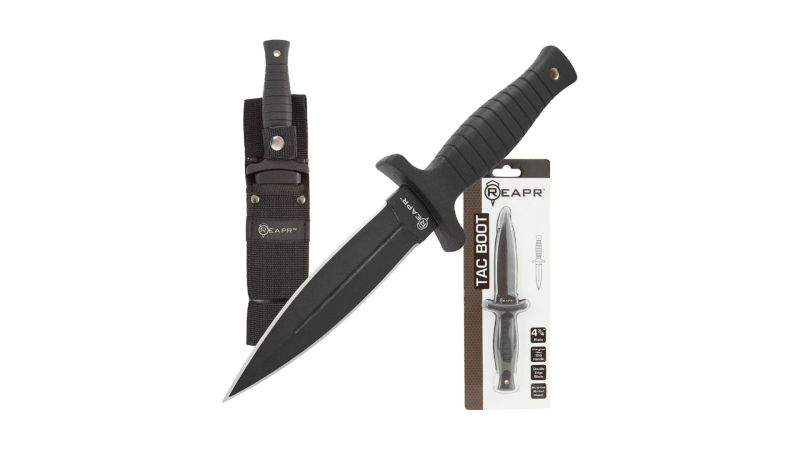We may earn revenue from the products available on this page and participate in affiliate programs.
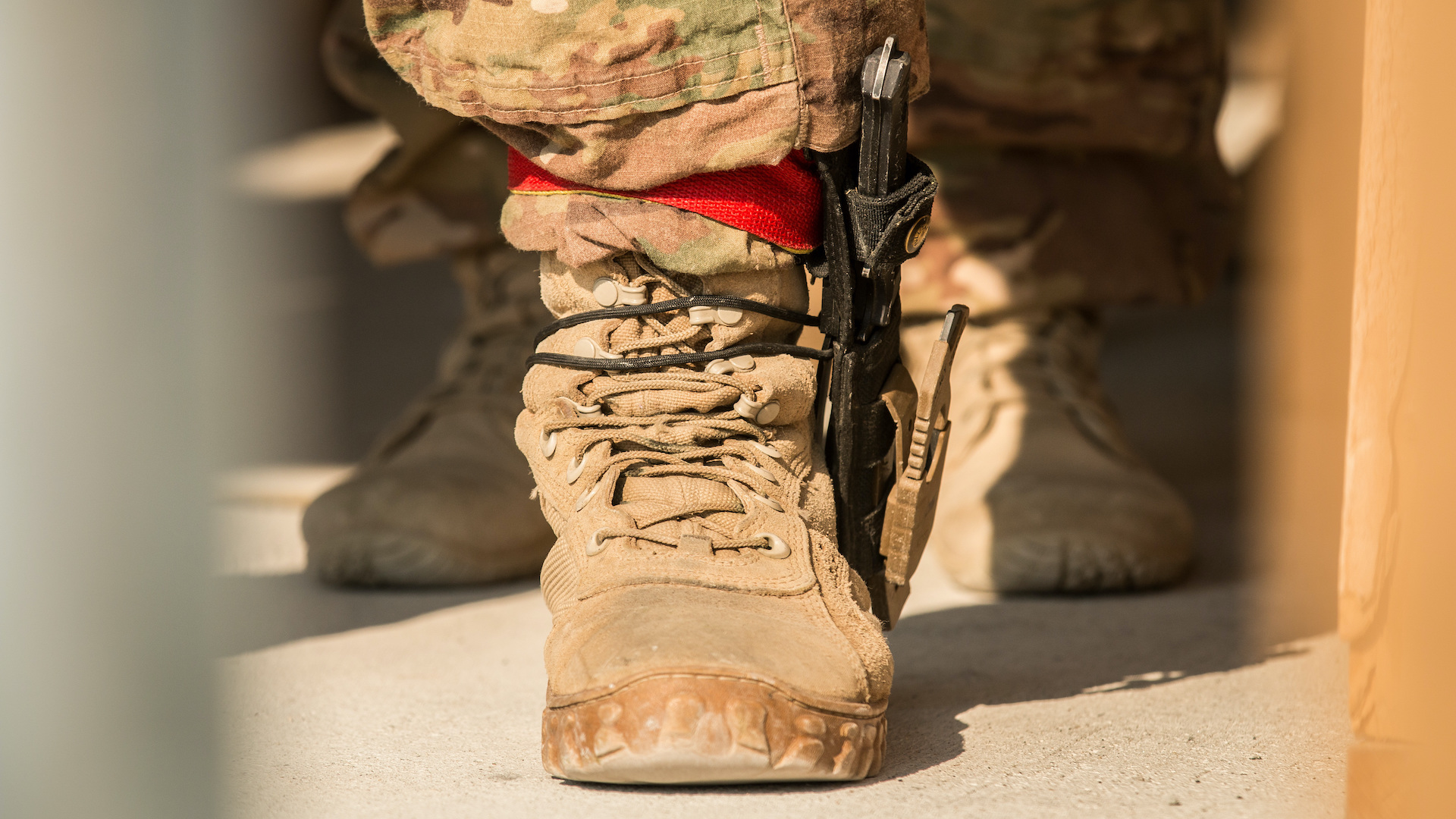
A boot knife may come across as something of an anachronism. It’s what outlaws and gamblers wore in the Wild West, right? Who wears a boot knife these days, except for wannabe gangsters, wannabe secret agents, or the new lieutenant who desperately wants to look like an operator (who may have been me)? It’s easy to pooh-pooh boot knives, but they’re actually useful tools.
For the folks who carry boot knives, some see it as a last-ditch weapon while others just like having a knife on hand for any contingency. Compared to a standard fixed-blade, a boot knife is smaller, narrower, and oftentimes thinner. While the name suggests it’s meant to be worn inside or around a boot, it’s a little misleading. It’s designed for concealability, so you can wear it wherever you find it most convenient like on your belt or even around your neck. Plus, they look really cool.
If you find your interest piqued and now want to know what are the best boot knives, we’ve got you covered. We’ve researched and tested a variety of knives to help you choose the best one (or two, or three) for your needs.
Methodology
While we test a lot of gear at Task & Purpose, we love knives. You should check out our extensive reviews of fixed blade, folding, and survival knives. I’ve previously reviewed the Schrade Frontier survival knife and the CRKT Overland folding knife. My personal interest in boot knives came as I searched for a replacement for a Gerber Guardian boot knife, which I lost years ago on a C130 somewhere in Iraq.
For this guide, I considered dozens of candidates. When picking knives to test, I used other “best of” lists for guidance as well as input from other reviewers. I also relied on my own experience and crowd-sourced information from vendor sites and Amazon. Using that research, I learned what key features make a boot knife “good.”
To get the obvious out of the way first, a good boot knife should have the ability to fit comfortably in or on your boot or on your ankle. This limits the overall size of the knife: I limited this list to knives that are nine inches or shorter. Plus, it needs to fit comfortably in your hand (some knives were excluded from this list because of too many complaints that the handle was useless) while still being able to be worn discreetly. Finally, the sheath should lend itself to being securely clipped on the boot, or be easily modified for such use.
Best Boot Knife Overall
Smith u0026 Wesson SWHRT98 Fixed-blade Knife
Best Value
Schrade SCHF19 Small Boot Knife
Editor’s Choice
Kershaw Secret Agent Boot Knife
Best Compact Boot Knife
SOG Instinct Boot Knife
Best Long Boot Knife
Reapr Tac Boot Knife
Types of boot knives
“Dagger” style fixed-blade
Most boot knives use this style simply because it lends itself to easier wielding and maximizes how you can use it (e.g., slashing and stabbing). They are usually double-edged, spear-tip pointed, and have a handle that you can get your whole hand around.
Compact style
The SOG Instinct is a great example of this type of boot knife: a short blade and small handle that fits more comfortably cupped downward in the hand (for a downward stabbing motion) or with the palm cupped around the end. These knives often have tough but thin handle coatings, or no handle coating at all (a “skeletonized” handle) to minimize bulk and weight.
Neck knife
While a neck knife is a neck knife, a boot knife can also be a neck knife. Some boot knives have the same concealment advantages as a neck knife. They are usually very small and come with a hole at the bottom of the handle for a chain or lanyard. They’re typically no more than four-inches long, and unlike the boot knife, are more often single-edged.
Key features of boot knives
Blade
Most boot knives have a dagger-like appearance with a spear tip and double edges. This design allows for effective stabbing, piercing, and slashing. Plus, the blade is usually full tang, and relatively thin when compared to, say, a survival knife.
Length
A boot knife has to be concealable and easy to access. Most boot knives have a two- to five-inch blade and a 3.5- to 4.5-inch handle.
Steel
Boot knives are made of relatively soft steel like 420, 420HC, and 8Cr13MoV, but are heat-treated to improve the overall quality and extend the blade’s life. Using softer steel helps keep the price down. The tradeoff, though, is you will have to sharpen the blade more often.
Handle
The handle is something you want to consider carefully. In general, a longer knife blade will have a longer knife handle and a shorter knife blade will have a shorter knife handle. Either way, you will want a handle you can properly grip. A grip is often aided with a rubber coating, texturing, or grippy material.
Sheath
A boot knife sheath does a couple of things. First, it’s the way in which you carry the knife, and second, it protects you from the blade while you’re carrying it. Sheaths are usually constructed from leather, hard molded nylon, or a polymer.
Benefits of a boot knife
The main benefit of a boot knife is that it’s concealable. Some people carry one as a back-up self-defense weapon while others carry it as an EDC tool. With that said, a carry knife can also be a versatile tool.
Boot knives pricing
- Under $25 – A budget boot knife in this range typically uses a blade made from lower-end steel and an inexpensive plastic handle.
- $25 to $75 – At the mid-range price, a boot knife will have good quality steel or a treated low-quality steel, and a handle made from rubber and a nylon or fiberglass coat.
- More than $75 – Here you’re in the premium range for a boot knife, meaning it’ll use a blade made of high-end steel that’ll retain its edge.
FAQs on boot knives
You’ve got questions, Task & Purpose has answers.
Q: Are boot knives illegal?
A: It’s not illegal to own a boot knife, but your state might regulate knives in other ways. For example, some states prohibit concealing a knife and/or carrying a knife with a blade longer than a specified length. Therefore, you should always review your state laws before strapping on a boot knife.
Q: How practical is a boot knife?
A: At the risk of angering boot knife enthusiasts, I’d say not super practical for anyone who isn’t trained in handling weapons in hand-to-hand combat. They are great if you want to have a knife available and don’t want the clip showing for whatever reason. But if you want it for self-defense and aren’t trained, the boot knife might not be reliable.
Q: How do you wear a boot knife?
A: It varies by design, but generally you secure the sheath to your boot or around your ankle with a clip or strap. When you plan to carry it this way, you have to be careful that it doesn’t rub against your skin and that the blade stays secure. If concealment isn’t a concern, you could go full combat-style and tie it around your boot with your boot laces. Another good option is an ankle wrap like this one from Gerber. And of course, you can wear it on your belt.
Q: Should I buy a single- or double-edge boot knife?
A: It depends on how you intend on using your boot knife. Either edge works for EDC, but a double-edge works better for self-defense because you won’t have to keep track of the business end. Still, like you can see with the Kershaw Secret Agent, even with a single-edge, you can stab and slash effectively.
Q: How much does a boot knife weigh?
A: They tend to be light and narrow, which is better for concealment. Most knives weigh anywhere from two to nine ounces.
